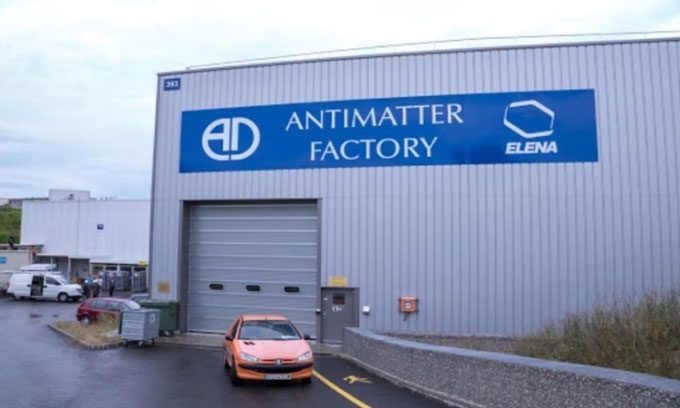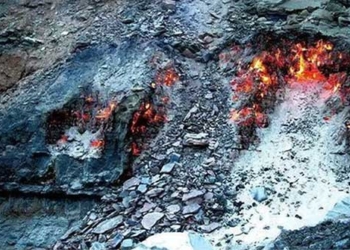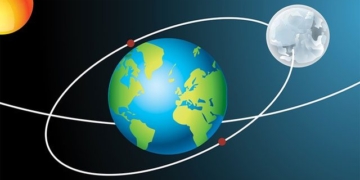Antimatter is the most expensive substance in the world, with a value of 3.5 x 1016 USD per gram of antiproton particles.
After a 7-year journey covering nearly 6.4 billion kilometers, NASA’s OSIRIS-REx spacecraft returned on September 24, 2023, with 255 grams of samples from the asteroid Bennu. NASA’s mission has a budget of 800 million USD, with total costs around 1.16 billion USD for the 255 grams of samples. However, according to Chris Impey, a professor of astronomy at the University of Arizona, this is not the most expensive material on Earth.
Some asteroid samples are priced at 4.5 million USD per gram, which is about 70,000 times the price of gold, valued between 60 and 70 USD per gram in recent years. The first extraterrestrial materials brought back to Earth were from the Apollo program. Between 1969 and 1972, six Apollo missions returned a total of 382 kilograms of lunar samples. The total cost of the Apollo program (adjusted for inflation) was 257 billion USD. The lunar rocks have a relative value of approximately 674,000 USD per gram.

The only antimatter factory in the world is located at CERN. (Photo: Business Insider).
NASA plans to bring Martian samples back to Earth in the early 2030s to investigate whether they contain traces of ancient life. The Mars Sample Return mission aims to bring back 30 sample tubes weighing approximately 450 grams. The Perseverance rover has stored 10 sample tubes. However, the costs are rising due to the complexity of this mission, which involves multiple robots and spacecraft. The return of these samples could cost 11 billion USD, making the cost approximately 24 million USD per gram, five times the cost of the Bennu samples.
Some meteorites are not expensive because nearly 50 tons of free samples from the solar system fall to Earth every day. Most of them burn up in the atmosphere, but those that reach the ground are called meteorites and mostly come from asteroids. Meteorites can be costly because they are difficult to identify and recover. They all look similar unless differentiated by a geology expert. Most meteorites are in the form of rock known as chondrites and are priced at around 0.5 USD per gram.
Iron meteorites can be distinguished by their dark outer layer formed from melting during atmospheric entry, along with long metallic crystal networks inside. They are valued at 1.77 USD per gram or more. Pallasites are iron-stony meteorites interspersed with olivine minerals. When cut and polished, they have a translucent yellow-green color and can be worth over 35 USD per gram.
Some meteorites come to Earth from the Moon and Mars. Nearly 600 meteorites have been identified as originating from the Moon, with the largest sample weighing 1.8 kilograms sold for 166 USD per gram. About 175 meteorites are recognized as being from Mars, with these samples potentially valued at around 388 USD per gram.
Some elements and minerals are extremely expensive due to their scarcity. Simple elements in the periodic table are priced low. For 100 grams, carbon costs 2.4 USD, iron costs less than 0.01 USD, and aluminum costs 0.19 USD. The values of silver and gold are 0.5 USD per gram and 67 USD per gram, respectively. Seven radioactive elements are extremely rare in nature and very difficult to create in the laboratory, making their values exceed the costs of NASA’s Mars Sample Return mission. Polonium-209, the most expensive element among them, is worth 49 billion USD per gram.
Gemstones also hold high value. High-quality emeralds are worth ten times the price of gold, while white diamonds are priced one hundred times higher than gold. Some diamonds contain boron impurities, giving them a vivid blue color, existing in only a few mines worldwide, and worth 19 million USD per gram.
The most expensive artificial material is a tiny spherical “cage” of carbon with a nitrogen atom trapped inside. The atom inside the cage is extremely stable and can be used for timing purposes. Endohedral fullerenes made of carbon are utilized to create highly accurate atomic clocks, and they are valued at 141 million USD per gram.
Antimatter exists naturally but is incredibly rare because whenever an antiparticle is created, it is quickly annihilated by particles, producing radiation. The particle accelerator at the European Organization for Nuclear Research (CERN) can produce 10 million antiprotons per minute, but at that rate, it would take billions of years and cost a trillion trillion USD to produce 28 grams of antiparticles, meaning each gram is worth 3.5 x 1016 USD.





















































